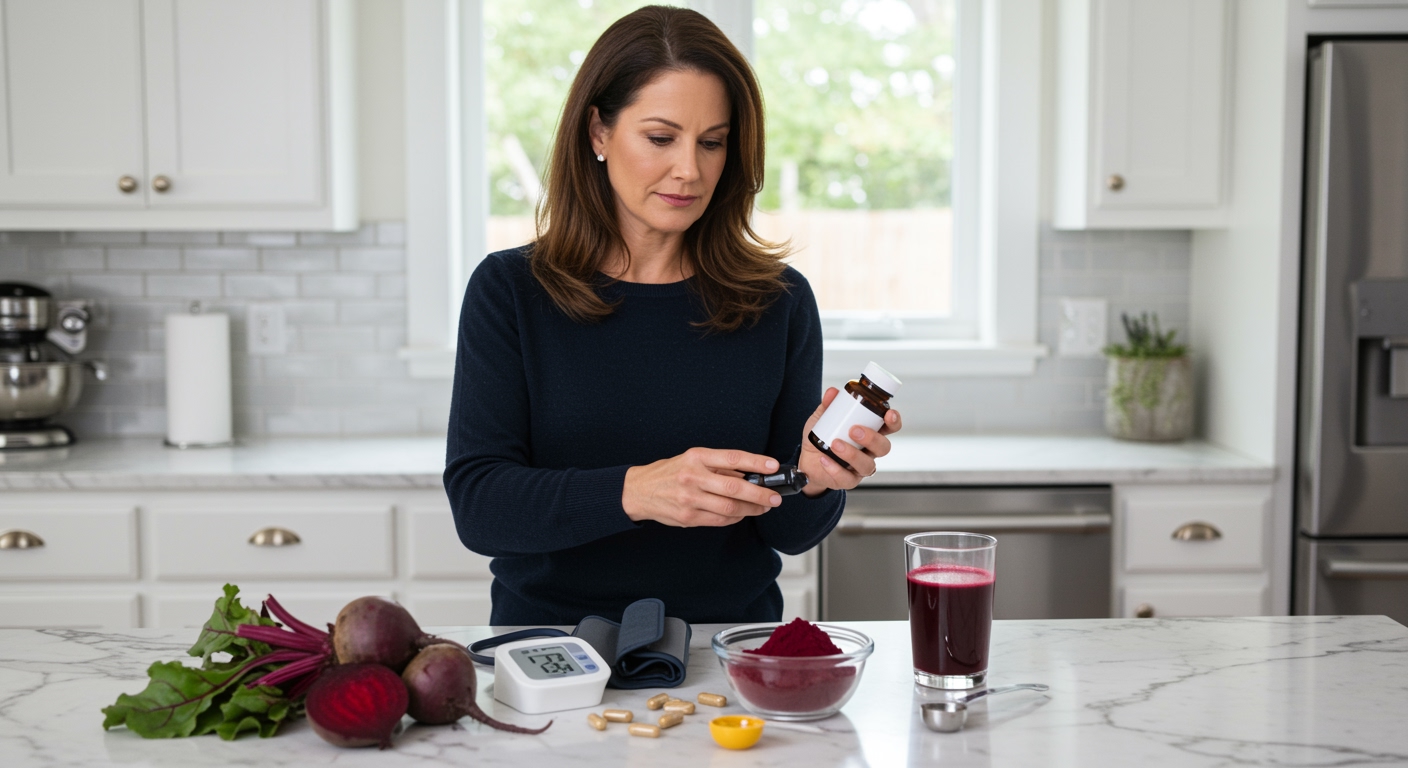✪ Key Takeaway: Squash provides modest blood pressure benefits but cruciferous vegetables like broccoli and kale work much better.
Introduction
You walk through the grocery store and see those beautiful orange butternut squashes stacked high in the produce section.
Your doctor told you to eat more vegetables to help control your blood pressure, and you wonder if squash could be the answer you are looking for.
Hi, I am Abdur, your nutrition coach and today I am going to explain exactly how squash affects your blood pressure and whether it should be your go-to vegetable for heart health.
What Does Recent Research Say About Squash and Blood Pressure?
A groundbreaking study published in 2024 examined how different vegetable types affect blood pressure in real people.
The researchers divided vegetables into three main categories: cruciferous vegetables like broccoli and kale, root vegetables like carrots and beets, and squash vegetables including butternut and acorn squash.
The results were eye-opening and might surprise you.
People who ate four daily servings of cruciferous vegetables showed significant blood pressure reductions compared to those who ate the same amount of squash or root vegetables.
The study followed participants for several weeks and measured their blood pressure changes using standardized medical equipment.
Squash eaters did see some modest improvements in their blood pressure readings, but the effects were much smaller than what researchers observed in the cruciferous vegetable group.
This does not mean squash is bad for you, but it suggests that other vegetables might give you better results for your cardiovascular health goals.
✪ Fact: Cruciferous vegetables reduced blood pressure twice as much as squash in controlled studies.
How Does Squash Actually Work in Your Body?
Squash contains several compounds that can help support healthy blood pressure, but understanding how they work helps explain why the effects are limited.
The main beneficial component in squash is potassium, a mineral that helps your kidneys remove excess sodium from your bloodstream.
When you eat potassium-rich foods like squash, your kidneys work more efficiently to balance the sodium-potassium ratio in your blood.
This process helps relax your blood vessels and reduces the pressure your heart needs to pump blood throughout your body.
Squash also provides magnesium, another mineral that supports healthy blood vessel function by helping smooth muscle cells in your arteries stay relaxed.
The fiber in squash contributes to blood pressure benefits by helping you maintain a healthy weight and supporting good digestive health.
However, squash lacks the specialized compounds found in cruciferous vegetables that provide more powerful blood pressure-lowering effects.
✪ Pro Tip: Combine squash with cruciferous vegetables in the same meal for maximum blood pressure benefits.
Why Do Cruciferous Vegetables Work Better Than Squash?
The secret lies in unique compounds called glucosinolates that only exist in cruciferous vegetables like broccoli, kale, cabbage, and Brussels sprouts.
When you chew these vegetables, enzymes break down glucosinolates into active compounds called isothiocyanates.
These isothiocyanates work directly on your blood vessels by activating a pathway called the Nrf2 pathway.
This pathway tells your cells to produce more antioxidant enzymes and helps reduce inflammation in your blood vessel walls.
The result is better blood vessel flexibility and lower blood pressure readings that you can measure with a home blood pressure monitor.
Squash simply does not contain these specialized compounds, which explains why the research shows smaller benefits compared to cruciferous vegetables.
This does not make squash a bad choice, but it helps you understand why nutrition experts often recommend prioritizing cruciferous vegetables for cardiovascular health.
✪ Note: Cooking cruciferous vegetables lightly preserves more of their blood pressure-lowering compounds.
What Is the Best Way to Include Squash in Your Diet?
Even though squash is not the most powerful vegetable for blood pressure, it still deserves a place in your healthy eating plan.
Think of squash as a supporting player rather than the star of your blood pressure management strategy.
You can roast butternut squash with olive oil and herbs as a delicious side dish that provides potassium and fiber.
Try adding cubed squash to soups and stews along with cruciferous vegetables like kale or cabbage for a more powerful combination.
Spaghetti squash makes an excellent low-sodium substitute for pasta, helping you reduce your overall sodium intake.
The key is to eat squash as part of a varied diet that includes plenty of the more potent blood pressure-lowering vegetables.
Aim for at least two servings of cruciferous vegetables daily and use squash to add variety and satisfaction to your meals.
✪ Pro Tip: Steam or roast squash instead of boiling to preserve more of its beneficial nutrients.
The Bottom Line
Squash does provide some blood pressure benefits through its potassium, magnesium, and fiber content, but the effects are modest compared to cruciferous vegetables.
Smart nutrition means choosing the most effective foods for your health goals while still enjoying variety in your diet.
I would love to hear about your experience with different vegetables and blood pressure management, so please share your thoughts or questions in the comments below.
References
At NutritionCrown, we use quality and credible sources to ensure our content is accurate and trustworthy. Below are the sources referenced in creating this article:
- PMC: Cruciferous vegetables and blood pressure research
- Medical News Today: 4 daily servings cruciferous vegetables broccoli kale may help lower blood pressure
- News Medical: Cruciferous vegetables like broccoli reduce blood pressure compared to root and squash vegetables
- British Heart Foundation: Cruciferous vegetables heart health benefits





